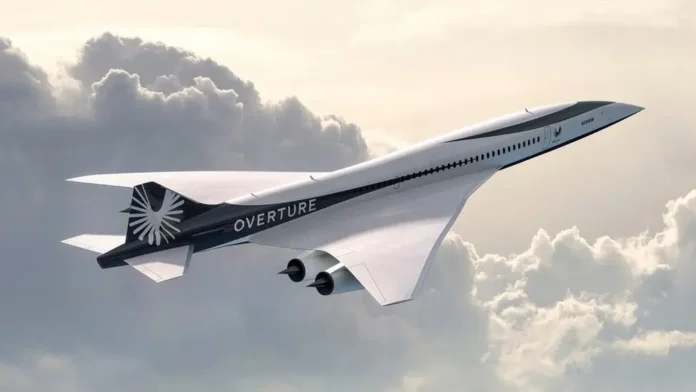In an era where the quest for speed and efficiency is paramount, the resurgence of supersonic passenger flight has become a hot topic. The British hypersonic aviation company, Reaction Engines, may be on the cusp of reigniting this dream. Talks with the government could result in a lifeline of £20m, vital for a company facing mounting losses and slow revenue growth.
The Dream of Hypersonic Flight
The company’s ambitions stretch beyond the ordinary. Reaction Engines is developing a hybrid jet-rocket engine, Sabre, that could drive a new era of hypersonic flight. With speeds of Mach 5 in the atmosphere, travel from London to New York could be reduced to a mere hour, making any global destination just a few hours away. This speed is over three times faster than Concorde, the supersonic passenger airliner that operated until 2003. The company’s ultimate goal is to reach Mach 25 for space travel.
Richard Varvill, Reaction Engines’ co-founder and current chief technology officer, said in a statement that the latest test was a “momentous landmark.” He said: “The performance of our proprietary precooler technology was validated at hypersonic flight conditions and takes us closer to realising our objective of developing the first air-breathing engine capable of accelerating from zero to Mach 5.”
The Sabre Engine
The Sabre engine, short for Synergetic Air Breathing Rocket Engine, combines a conventional jet with a rocket. It’s currently in the development stage and has undergone testing at the Colorado Air and Space Port. The test ran at the equivalent of five times the speed of sound, validating the performance of Reaction’s proprietary precooler technology at hypersonic flight conditions.
- The Sabre engine is a hybrid jet-rocket engine
- The engine has undergone testing at the equivalent of five times the speed of sound
Competition and Market Context
Reaction Engines is not alone in the race for supersonic travel. Boom Technology, another player in the field, is developing the Overture, an airliner that promises twice the speed of regular planes and luxurious travel. The company is currently conducting test flights with its XB-1 plane, which, if successful, could result in a supersonic airliner carrying between 64 and 80 passengers from 2029. The Overture aims to reach speeds of Mach 1.7, and its turbojet engine, Symphony, can run at both high and low speeds on sustainable aviation fuel.
Outlook and Implications
While the resurgence of supersonic passenger flight is exciting, it does come with its challenges. Noise reduction will be a key factor, as sonic booms contributed to the end of Concorde flights in 2003. Nevertheless, if these companies can overcome these obstacles, the implications are significant. Faster travel times could transform international business and tourism, and make the world feel a little smaller.
Last updated: January 19, 2025 • View original

